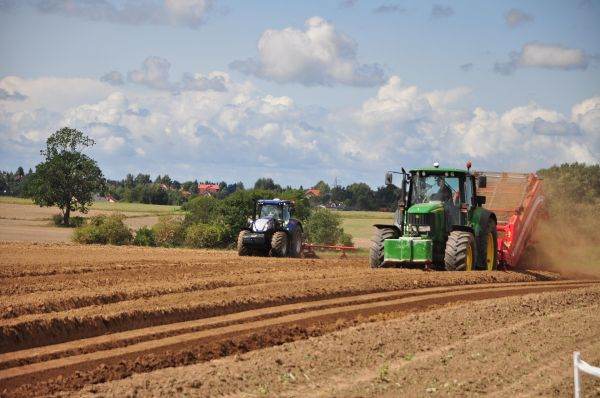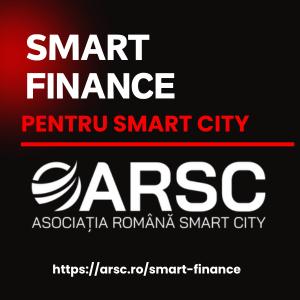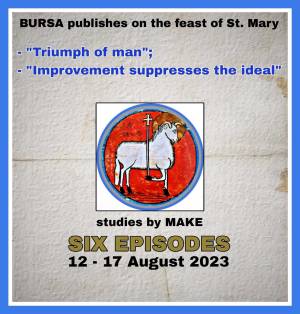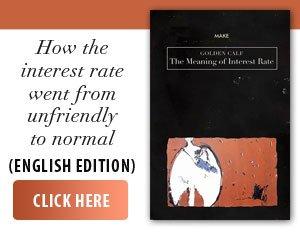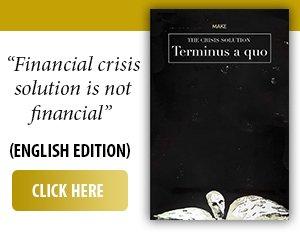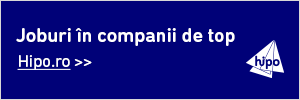The structure of agricultural property in Romania is the image of a deep crisis that explains why a country with huge potential, the first wheat exporter in the European Union, fails to capitalize on its resources, according to an article published at the end of last week by the website agroinform.hu.
The cited source states that the average size of a Romanian farm is only 4 hectares, compared to 30 hectares in Hungary and 70 hectares in France, and that this fragmentation of land has led to a polarized agriculture, dominated by two extremes: small farms of a few hectares, which are barely surviving, and huge holdings of tens of thousands of hectares, owned mostly by foreign companies or investors.
In the middle of these two worlds, the most important link is missing - the medium-sized family farm - which in other European countries ensures stability, efficiency and economic balance in the rural environment. In its absence, production is inefficient, the Romanian village is emptying, and agricultural income is concentrated in fewer and fewer hands.
According to the author of the article in the Hungarian press, this distorted structure was born over time, amid the lack of coherent policies and permissive legislation. In the last two decades, our country has completely opened the agricultural land market, allowing companies and investors from other states to freely buy huge areas. The result is visible: according to a study by the European Commission, 40% of registered agricultural land, i.e. approximately 6 million hectares, is owned by foreign citizens or companies from other states.
For example, the Al Dhara company from the United Arab Emirates controls 60,000 hectares alone, and thousands of hectares have been bought by Italian, Austrian, Dutch or Middle Eastern investors, as well as international investment banks and funds.
The cited source also claims that, in addition to the property imbalance, our country is facing another major problem: the lack of medium-sized farms, a lack that has blocked the development of a solid food industry. Raw materials - wheat, corn, sunflower - leave the country in a raw state, and finished products return from import, at prices several times higher. Romanian agriculture exports volumes, but not added value. Therefore, although Romania is one of the largest cereal exporters in the European Union, the rural economy remains weak, and the food balance is negative.
This paradoxical situation is accentuated by the fact that a large part of agricultural land is not even registered, thus becoming ineligible for European subsidies. Small farmers, who own insufficient areas to compete in a modern market, lack the means for mechanization and access to technology. At the same time, large holdings, usually financed from abroad, have capital and know-how, consolidating their position on the market and accentuating the imbalance.
Our country has the sixth largest agricultural area in the European Union, with over 15 million hectares of arable land and a large agricultural workforce, the cited source also states. Theoretically, these resources should transform it into a model of agricultural performance. In practice, however, the lack of coherence, land fragmentation and the absence of a competitive processing sector have transformed this potential into an economic paradox. We export wheat, barley and corn to Egypt and the Middle East, but we import some of our basic foodstuffs, increasingly depending on foreign markets to satisfy our own consumption.
The fragmentation of ownership is, therefore, the central point of the Romanian agricultural blockade. Journalists from Budapest argue that, without a real consolidation of farms, without policies that encourage the formation of a middle-class farmer class, Romanian agriculture will remain vulnerable, inefficient and unable to compete on the European market. And until this development model is reconsidered, Romania will continue to have a lot of land but few results.
